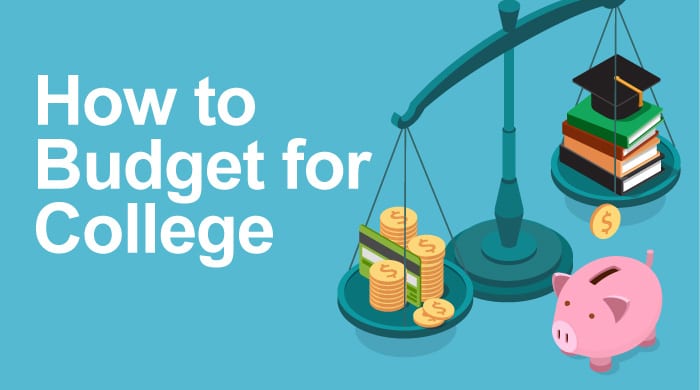For many young adults, student loans are a necessary step toward higher education. But if you don’t fully understand how they work, they can also become a long-term financial burden. Before you borrow — or even if you’ve already taken out loans — it’s crucial to understand the basics.
This guide breaks down student loans in clear terms so you can make smart decisions now and avoid financial stress later.
What Are Student Loans?
Student loans are money borrowed to help pay for college or vocational school. Unlike grants or scholarships, you have to pay them back — usually with interest.
There are two main types:
- Federal student loans (provided by the U.S. government)
- Private student loans (offered by banks, credit unions, or online lenders)
Federal vs. Private Student Loans
Federal Loans:
- Lower, fixed interest rates
- More flexible repayment options
- Access to forgiveness programs
- No credit check required (except for PLUS loans)
Types of Federal Loans:
- Direct Subsidized Loans (for students with financial need; no interest while in school)
- Direct Unsubsidized Loans (interest accrues during school)
- PLUS Loans (for parents or graduate students)
Private Loans:
- Higher or variable interest rates
- Based on your credit score or a co-signer’s
- Fewer repayment and forgiveness options
Tip: Always max out federal loans before considering private ones.
How Much Should You Borrow?
Just because you’re approved for a certain amount doesn’t mean you should borrow it all. Only borrow what you truly need.
Smart Borrowing Tips:
- Estimate your total college costs (tuition, housing, books, food, travel)
- Subtract free aid (grants, scholarships, work-study)
- Only borrow for essential expenses
A good rule of thumb: Don’t borrow more than you expect to earn your first year out of college.
Understanding Interest and Repayment
Interest is the cost of borrowing money — and it can significantly increase your total repayment amount.
How Interest Works:
- Federal subsidized loans don’t accrue interest while you’re in school
- Unsubsidized and private loans start accruing interest immediately
- Interest compounds — unpaid interest gets added to your balance
Repayment usually begins 6 months after graduation, but you can pay earlier.
Repayment Options for Federal Loans
Federal student loans offer multiple ways to repay:
Standard Repayment:
- Fixed monthly payments over 10 years
- Lowest total interest cost
Income-Driven Repayment (IDR):
- Payments based on your income and family size
- Extended loan term (20–25 years)
- Remaining balance may be forgiven (taxable)
Graduated and Extended Plans:
- Start small, increase over time
- Better for early-career workers expecting income growth
Use the Federal Loan Simulator to compare your options
Loan Forgiveness Programs
Some federal loans may be forgiven — meaning you don’t have to repay the full amount.
Examples:
- Public Service Loan Forgiveness (PSLF): For government and nonprofit workers
- Teacher Loan Forgiveness
- IDR Forgiveness: After 20–25 years of qualifying payments
These programs require you to follow strict rules — always read the fine print.
Tips for Managing Student Loans While in School
You don’t have to wait until graduation to be smart about your loans.
While You’re Still in School:
- Borrow only what you need each semester
- Pay off interest early if possible
- Track your loans at NSLDS ed gov
- Look for part-time work or scholarships to reduce borrowing
Even small payments now can save you hundreds later.
Private Loan Cautions
Private loans can be helpful, but they come with more risk.
What to Watch Out For:
- High or variable interest rates
- No income-driven repayment or forgiveness
- May require a co-signer
- Strict terms and less flexibility
Only consider private loans after exhausting all federal aid and compare multiple lenders.
How to Pay Off Loans Faster
Once you graduate and begin working, prioritize your debt strategically.
Tips:
- Pay more than the minimum when you can
- Make biweekly payments instead of monthly
- Use raises or side hustle income to pay down principal
- Refinance only if it lowers your interest rate without sacrificing protections
Use tools like Debt Avalanche (highest interest first) to save on interest.
Final Thoughts: Be a Smart Borrower, Not a Burdened One
Student loans don’t have to be a life sentence — but they do require planning, awareness, and action. Borrow only what you need, understand your repayment options, and make early moves to stay in control.
College is an investment — make sure it pays off, not just in degrees, but in a secure, stress-free financial future.
in God we trust

